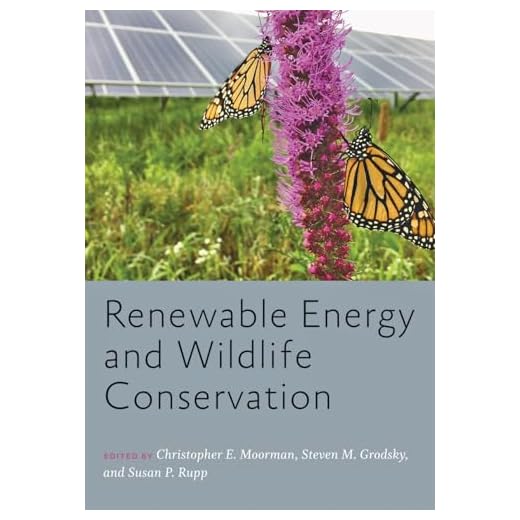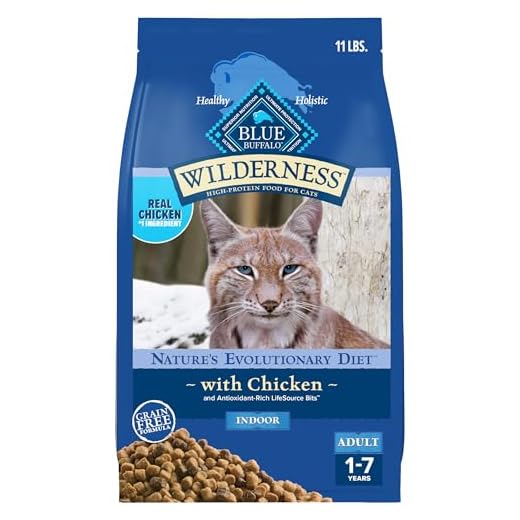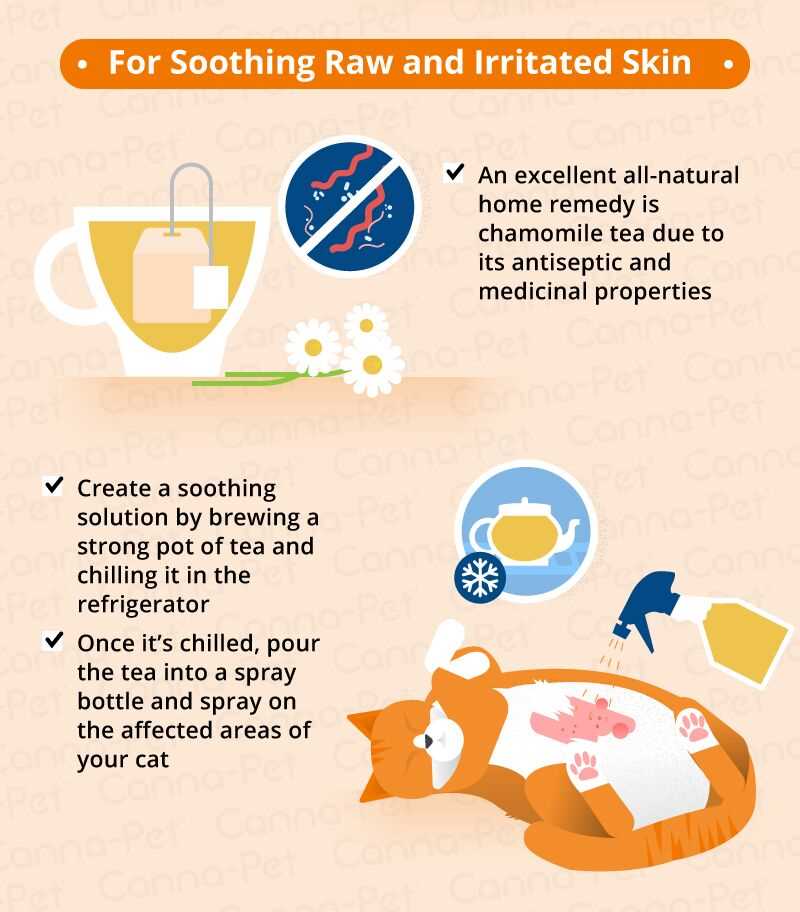



In nature, a feline’s lifespan typically ranges from 5 to 10 years. Various factors influence this duration, including environmental conditions, availability of prey, and threats from predators or human activities.
As an 8-year-old Scottish Fold, I often ponder the experiences of my wild counterparts. Unlike domesticated breeds, those living outside face numerous challenges, which can significantly shorten their years. For example, injuries from confrontations or accidents, diseases, and harsh weather conditions play a crucial role in determining their survival.
Interestingly, some reports suggest that feral individuals can occasionally reach up to 15 years in rare instances, particularly if they find a stable food source and avoid major hazards. This highlights the importance of adaptability and resourcefulness in the wild.
Understanding these dynamics can shed light on why my life, surrounded by comforts and care, is so different from those prowling freely. It’s a fascinating reality that shapes the existence of every feline on this planet.
Average Lifespan of Felines in Natural Habitats
Typically, feral felines can reach an age of around 5 to 7 years. Various factors influence this duration, including environmental conditions, availability of food, and threats from predators or diseases. In urban areas, they might face additional dangers such as traffic and human interactions.
While domesticated counterparts often enjoy a much longer existence, primarily due to regular veterinary care and stable food sources, wild versions rely heavily on their instincts and adaptability to survive. Adequate hydration plays a significant role in their health, so having access to clean water is crucial. For those considering enhancements for their pets, an automatic water bowl for cats can ensure proper hydration.
In harsher climates, survival rates decrease, leading to shorter lifespans. Observing these natural habitats reveals the stark realities of life outside, where survival is a daily challenge. Understanding these dynamics is essential for appreciating the resilience of feral populations.
Factors Influencing Wild Cat Lifespan
Survival in nature hinges on various elements that affect how many seasons a feline may experience. Here are the main aspects to consider:
- Food Availability: Access to prey directly impacts health and longevity. Scarcity leads to malnutrition and weakness.
- Habitat Quality: Shelter from extreme weather and safe resting spots can enhance well-being and reduce stress.
- Predators: Encounters with larger animals pose threats. Frequent confrontations can shorten the time spent outdoors.
- Diseases: Exposure to infections and parasites is higher in unmanaged environments, affecting overall health.
- Human Interaction: Encroachment on territories can lead to dangerous encounters, altering natural behaviors and survival rates.
- Genetics: Inherited traits play a role in resilience. Stronger genetics can lead to better adaptations to the environment.
- Social Structure: Living in groups can provide safety in numbers, while solitary lifestyles may increase vulnerability.
Each of these factors intertwines, creating a complex web that influences how many years a creature can roam under the sun. Adapting to these challenges is crucial for thriving in natural settings.
Comparing Wild Felines to Domestic Companions
Life expectancy differs greatly between wild and domestic breeds. While my wild relatives face numerous threats, I enjoy safety at home. Generally, feral counterparts average 5 to 10 years, while I can thrive for 12 to 20 years or more in a nurturing environment.
Survival Strategies
My wild kin utilize hunting and territorial instincts for survival. They adapt to their environments, relying on stealth and agility. In contrast, I benefit from steady food supplies, regular veterinary care, and protection from predators, which significantly enhance my longevity.
Health Considerations
Wild members often encounter diseases, parasites, and injuries without access to medical intervention. On the other hand, I receive vaccinations and preventive treatments, allowing me to maintain a healthier lifestyle. This disparity directly impacts our average life spans.
| Aspect | Wild Felines | Domestic Companions |
|---|---|---|
| Average Lifespan | 5-10 years | 12-20+ years |
| Threats | Predators, disease, food scarcity | Limited threats, medical care |
| Living Conditions | Natural habitats | Indoor, controlled environment |
| Diet | Hunted prey | Commercial food, veterinary recommendations |
Common Threats to Wild Cat Survival
Predation is a significant danger. Larger carnivores, such as wolves and mountain lions, often target smaller felines. Adapting hunting strategies can help avoid becoming prey.
Habitat loss poses another critical issue. Human encroachment, deforestation, and urbanization destroy natural environments, leading to reduced territories for hunting and breeding. Protecting these habitats is vital.
Climate change impacts food availability and alters ecosystems. Fluctuating weather patterns affect prey populations, making survival more challenging. Monitoring climate effects can guide conservation efforts.
Human-wildlife conflict frequently arises. Livestock protection measures may lead to severe repercussions for local felines. Promoting coexistence strategies can minimize these conflicts.
Road traffic poses a lethal threat. Many felines struggle to navigate human infrastructures, resulting in numerous fatalities. Advocating for wildlife corridors can enhance safety for these animals.
Illegal poaching and trafficking are alarming trends. Felines are often targeted for their fur or as exotic pets. Supporting anti-poaching initiatives can help combat this illicit trade.
Role of Diet in Wild Cat Longevity
Nutrition significantly impacts survival duration in natural habitats. A balanced diet rich in proteins and essential nutrients is critical for optimal health. Predatory species, like me, thrive on high-quality prey such as rodents, birds, and small mammals. These food sources provide necessary amino acids and fats essential for energy and bodily functions.
Access to clean water also plays a role. Hydration can influence overall well-being, affecting everything from coat quality to organ function. In areas where water is scarce, finding suitable hydration sources can pose challenges, reducing chances of thriving.
Additionally, dietary variety helps bolster immune systems against diseases. A lack of diverse food sources can lead to malnutrition, making individuals more susceptible to illness and reducing life expectancy. For those interested in preparing healthy meals, check out this guide on how to cook green peppers in skillet, as it highlights the importance of incorporating nutritious ingredients.
Seasonal changes also affect prey availability, influencing dietary habits and health. During tough seasons, adaptability can mean the difference between life and death. Overall, a nutritious and varied diet greatly enhances chances of thriving in natural environments.
Impact of Environment on Cat Lifespan
Survival rates for felines in nature vary significantly based on habitat conditions. For instance, areas rich in prey and shelter can enhance longevity, while urban settings with heavy traffic pose greater risks.
Access to clean water and a diverse diet contributes to better health outcomes. Regions with abundant food sources allow for optimal nutrition, promoting stronger immunity against diseases.
Weather extremes also play a role; cold or excessively hot climates can lead to increased stress and health issues. Adequate shelter is crucial for protection against these elements, influencing overall vitality.
Human interaction can also dramatically affect outcomes. Areas with less human disturbance tend to support healthier populations, as stressors like hunting and habitat destruction are minimized.
In summary, a harmonious environment with ample resources, suitable climate, and minimal human interference significantly boosts survival potential for these majestic creatures. Each factor intertwines to create the conditions necessary for thriving in nature.
Signs of Aging in Wild Felines
As I observe my fellow felines, certain indicators reveal their advancing years. It’s fascinating how nature marks the passage of time. Here are key signs to watch for:
- Physical Changes:
- Fur may become gray or dull, losing its luster.
- Body weight can fluctuate, often leading to a leaner appearance.
- Joint stiffness or limping can be noticeable, affecting mobility.
- Behavioral Shifts:
- Increased sleep duration, often seeking warmer or more comfortable resting spots.
- Reduced playfulness; less energy for typical hunting or exploring activities.
- Altered social behaviors, possibly preferring solitude over interaction.
- Health Indicators:
- Dental issues may arise, leading to difficulty in eating or changes in appetite.
- Vision and hearing might decline, impacting awareness of surroundings.
- Signs of chronic illnesses, such as persistent coughing or unusual weight loss.
Recognizing these signs is crucial for understanding the life stages of our wild counterparts. It highlights the importance of adaptation in their natural habitats as they face various challenges.
Conservation Efforts and Their Effects on Lifespan
Targeted actions aimed at preserving various feline species can significantly enhance their survival rates. Habitat protection is crucial; safeguarding natural environments from urban development and pollution directly contributes to healthier ecosystems where these creatures can thrive.
Rehabilitation initiatives for injured or orphaned individuals play an essential role. When these animals receive timely care and reintroduction into their habitats, it boosts population numbers and encourages genetic diversity, which is vital for resilience against diseases.
Public awareness campaigns educate communities about respecting and protecting these majestic creatures. By reducing human-wildlife conflicts, such as poaching and habitat encroachment, these initiatives foster coexistence, allowing felines to maintain their natural behaviors and life spans.
Research programs that monitor population dynamics and health also provide data critical for effective management strategies. Understanding disease prevalence and environmental threats helps tailor conservation measures to specific regional needs.
Collaboration among organizations, governments, and local communities strengthens these efforts. By pooling resources and knowledge, we can create comprehensive strategies that not only protect but also enhance the longevity of various wild feline populations.









